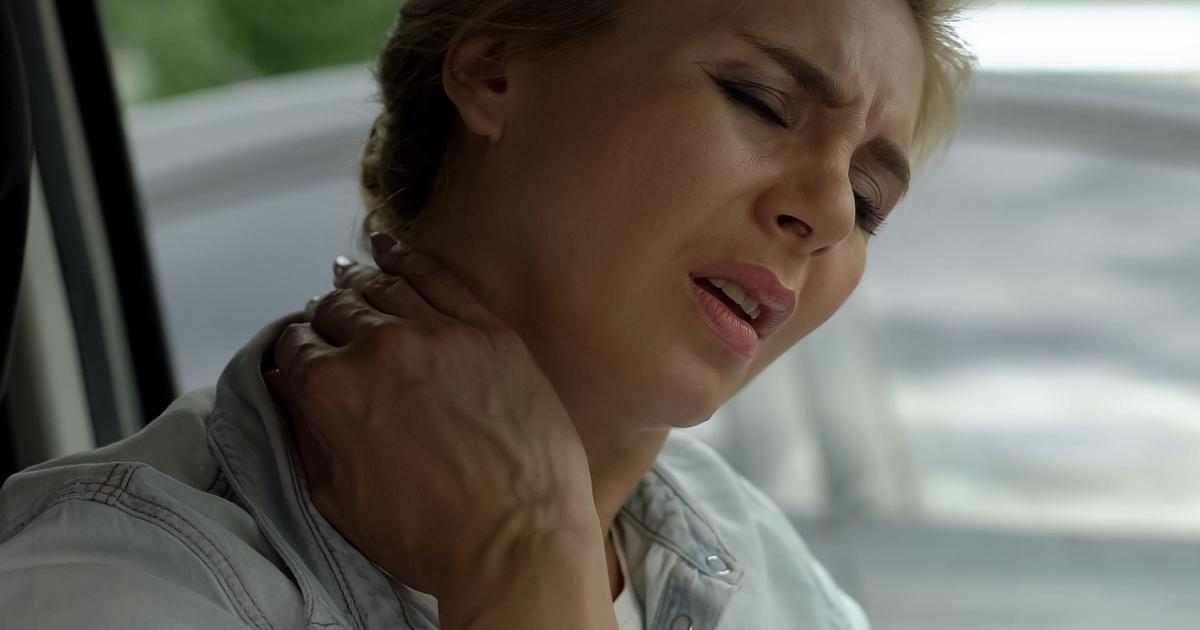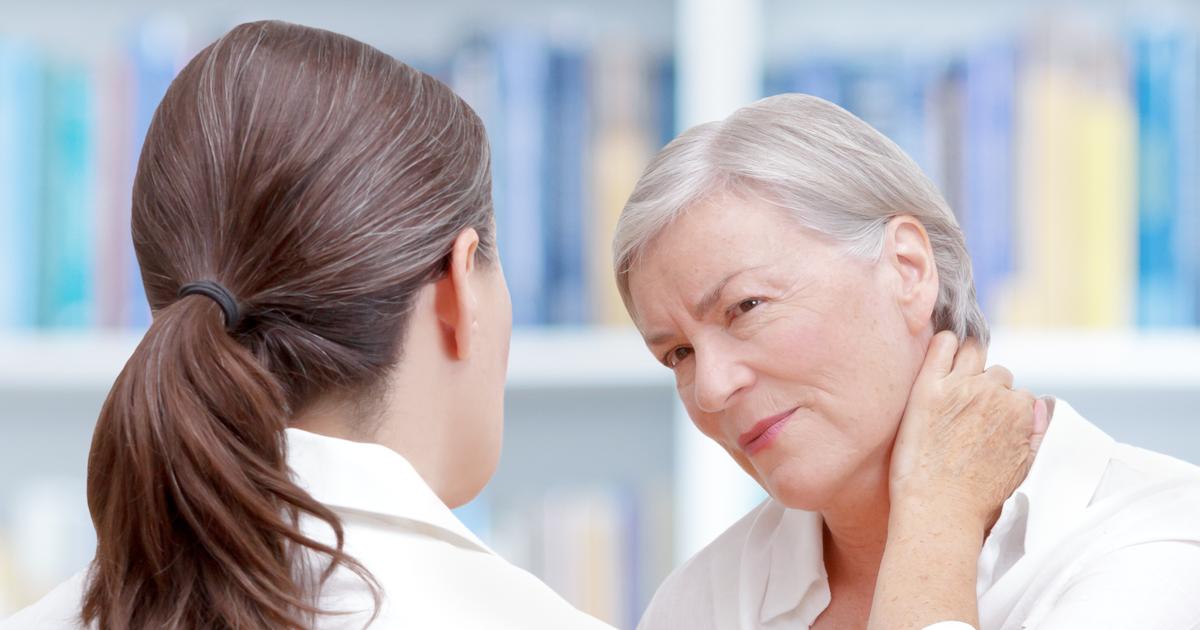Warning Signs Of Cervical Dystonia
Cervical dystonia, also referred to as spasmodic torticollis, is a condition where the neck muscles go through involuntary contractions, causing an individual's head to turn or twist to the side. The patient's head might also tilt backward or forward uncontrollably. This rare disorder is most common in middle-aged women, but it can occur in anyone of any age or gender. The symptoms tend to come on gradually and get progressively worse. Rather than progressing forever, they eventually reach a point where they plateau and don't become worse. Though cervical dystonia can't be cured, there are multiple treatments available.
It's important to understand the warning signs of cervical dystonia to receive prompt treatment. Uncover these symptoms now.
Head Twisting
The most characteristic symptom of cervical dystonia is head twisting. There are several ways in which an individual's head might twist as the muscles in their neck are pulled in different directions. Their chin may move toward their right or left shoulder, as can their ear. Some patients also experience a tilting of their chin straight up or straight down. Most commonly, cervical dystonia patients experience a twisting of the chin toward the shoulder. There have also been cases where patients experience several different abnormal postures, and there may also be jerking of the head. These motions occur when the neck tenses up, which leads to involuntary movements of the muscles. Affected individuals may feel as though they can't move their head back to a normal position. The muscle spasms and tension may pass, or they may last for long periods. Most patients don't have a known cause behind their cervical dystonia, though there have been cases where individuals with a family history of cervical dystonia develop the condition.
Read more about the warning signs linked to cervical dystonia now.
Neck Pain

Cervical dystonia often causes neck pain, as when the muscles tense up and spasms, this leads to radiating pain in the nerves. The pain may be centralized in the location where the muscle spasms occur, but it might also radiate outward into the head or shoulders. Aching in the shoulders is common with several disorders, and it's also one of the most common types of muscle pain. The treatment for cervical dystonia often focuses on managing pain alongside muscle spasms. There aren't medications specifically FDA-approved to treat cervical dystonia. However, certain medications like baclofen may be able to help treat the pain caused by muscle spasticity. The pain tends to get progressively worse as the symptoms and spasms get worse. It may be frustrating and anxiety-inducing. There may also not be enough recovery time between muscle spasms for the pain to fully abate, especially if the patient is tense and anxious waiting for the condition to recur. While symptoms may subside for short periods, they don't tend to disappear entirely.
Discover additional symptoms of cervical dystonia now.
